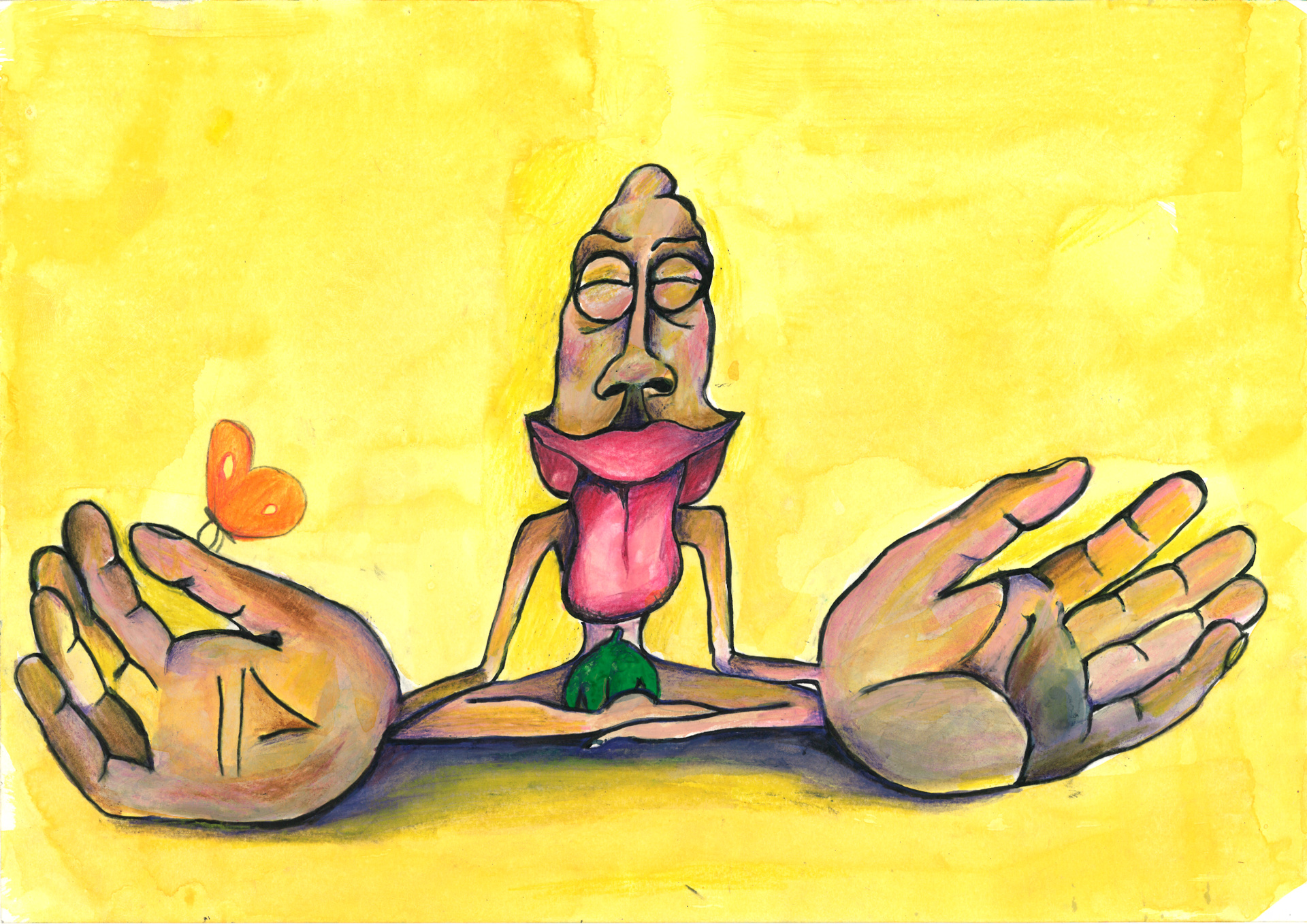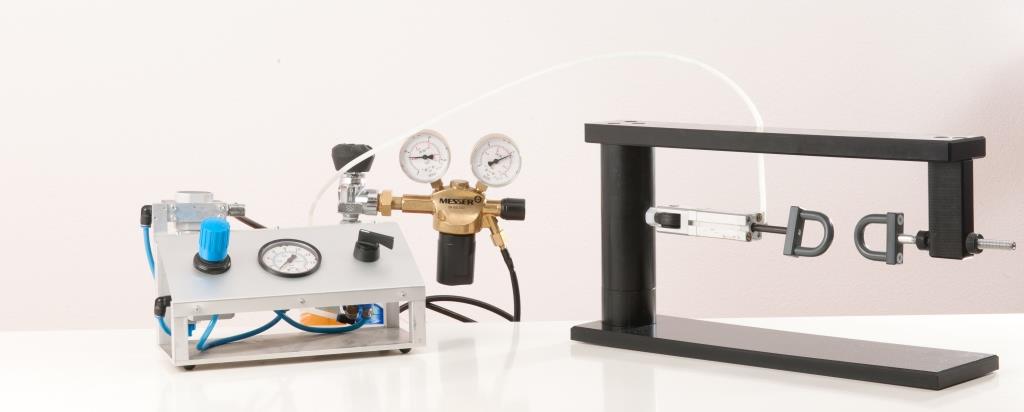Methods
Myostatic test
In the myostatic test, the coachee forms a stiff ring of muscles between the thumb and index finger which is held by the coach using maximum strength during the test. Sometimes the coach also tests the thumb/middle finger or thumb/ring finger combinations - depending on the basic strength level that the subject can apply. wingwave coaches use this test as a ‘compass’ in the coaching process for two major concerns:
- Identifying stress triggers that disrupt/irritate the coachee's mental/emotional balance
- Examining the effect of interventions used to improve and stimulate and stabilise emotional and mental processes.
Usually, a weak muscle test indicates mental stress, while a strong muscle test indicates mental resources and emotional stability.
In wingwave coaching, we use the myostatic test because it was confirmed by a scientific study as part of the doctoral study of qualified psychologist Dr Marco Rathschlag as a reliable feedback system. At the German Sport University of Cologne, a device for the objective measurement of the myostatic test was developed to research emotion-dependent finger strength.
Unlike in kinesiology or what is known as the Omura test (Yoshiaki Omura, a doctor of acupuncture), the wingwave coach does not use the myostatic test for medical diagnoses or establishing dosages of medication or for medical treatment.

The myostatic test is therefore particularly suitable for coaching issues because the hand muscles in the cerebrum occupy a particularly large space for neuronal control and processing motor skills and sensor systems – shown here in the image of the ‘motor homunculus’. As most of our cognitive and mental processes take place in the cerebrum, mental stress is conveyed particularly quickly in the hand muscle.
Just imagine an actor dropping a glass with great effect when he is supposed to show fear, irritation, or surprise. In coaching, the test reflects two indications of subjective experience:
- The coachee can handle the issue/the stimulus presented, they can ‘cope’, they are ‘up to it’ or
- The coachee is irritated, overburdened, ‘not up to it’, stressed etc.
Read more on the practical use of the Myostatic test in the coaching case studies.














